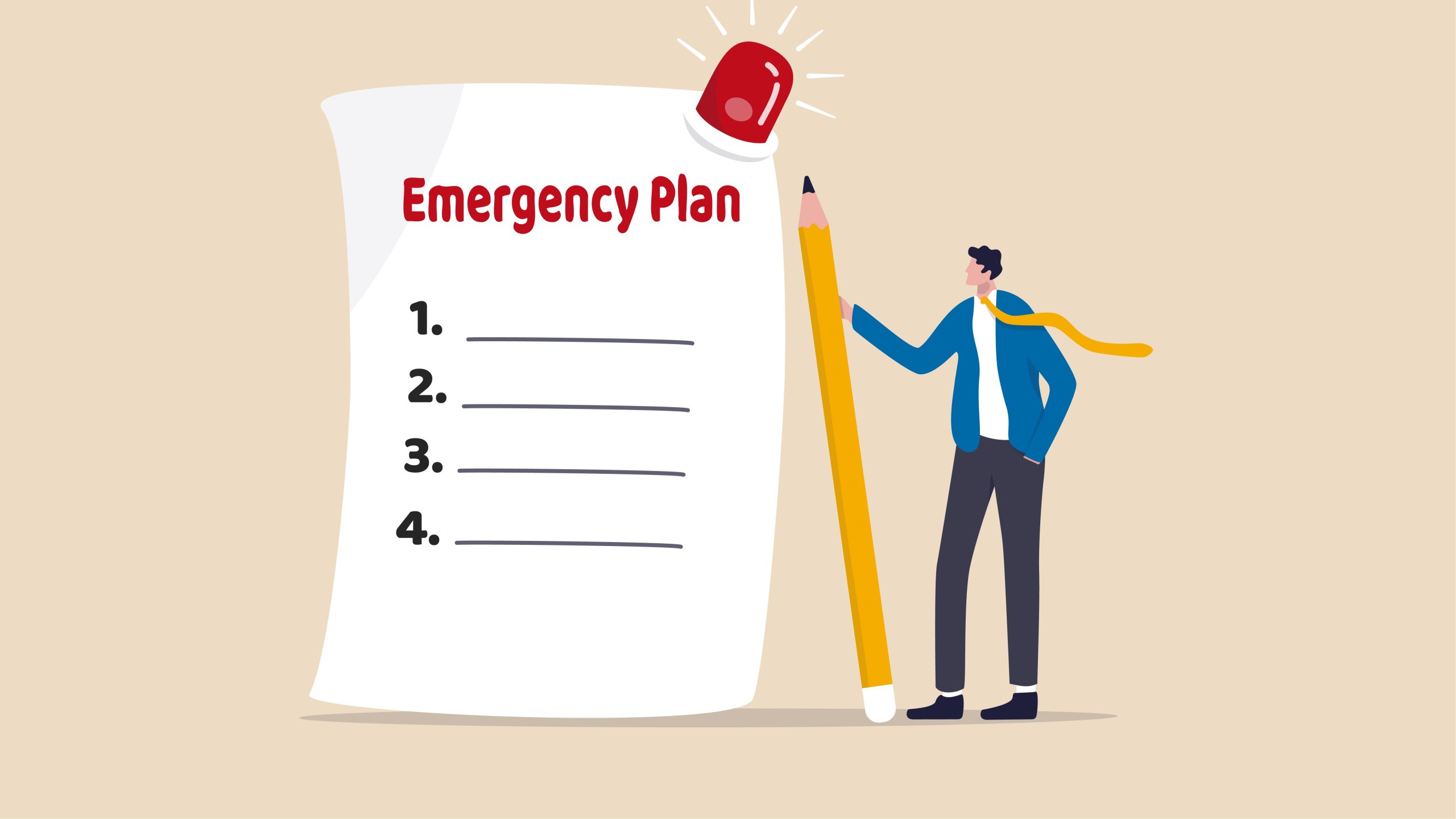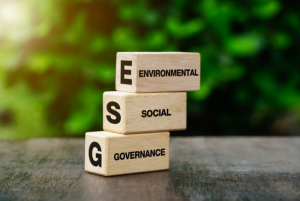In the wake of the Covid-19 pandemic, the term ‘Emergency Preparedness’ has taken on a whole new meaning for many organisations. They are now actively reviewing what components should be in place, and what they can do in the present straitened circumstances, to buffer themselves from the knock-on effects that will inevitably follow an event of this magnitude. Many are still feeling shocked, battered and overwhelmed, two years into the pandemic, and are finding it hard to recoup their losses, much less beef up plans for emergency preparedness. But if there is one thing that the pandemic has taught organisations, it’s that preparing for the worst has become a necessity.
There are several methods of how to plan for emergencies, and each of them has their advantages and pain points. They are all capable of supporting an organisation’s disaster plan, but some will work better than others. Emergency preparedness today has to consider how fast, far and much to respond. As much as being prepared for an emergency is in itself an extensive task, it needs to be considered within a larger context, which means taking into account many factors which may seem outside the scope of a disaster plan at first. Most emergency preparedness frameworks will include the development of an emergency response plan, first and foremost.
This compiled document will include who to contact in an emergency, how to act and what resources should be used. It may also set out the roles and responsibilities of designated personnel such as the CEO, HR or Chief Safety Officer. Requirements to mitigate further danger, or to manage clean up after the incident, may also be included; the top priorities of the Plan are protection, safe conduct of personnel, stabilisation of conditions and recovery. In today’s business environment, however, an organisation needs to go the extra mile; it has to start teaching itself how to anticipate untoward incidents.
Cultivating the necessary anticipation and determining an appropriate response to it while setting in place recovery strategies to get the business back on track after the disruption, is no mean feat. And it is not something that can be undertaken by an individual or a single department. One of the factors that will become obvious from the outset is that with emergency preparedness, everyone has to be on board; there can be no working in siloes. Preparing for an emergency starts with risk analysis and monitoring. Hazards and hotspots need to be identified, ranked and prioritised. Across the organisation, personnel will have to get used to sharing information openly, even if this causes friction.
Different businesses and industries may have different opinions of what constitutes an emergency that needs extensive preparedness but events that warrant such attention generally include natural disasters like earthquakes, landslides, tsunami or lightning strikes; technology-related incidents like hacking or systems breaches; civil unrest, armed conflict, acts of terrorism or epidemics/pandemics, among other examples. As unpleasant and unsettling as they may be, it is necessary to imagine worst-case scenarios. In the course of risk analysis and monitoring, the organisation will find itself looking at not only already-existing risks but emerging risks as well.
Some pragmatic questions to ask when setting in place a framework for emergency preparedness and response in the workplace are “What could happen?”; “What do we do when it happens?”; “How will we know if it is happening?”; and “What can we do to lessen its impact?” Action taken on the spot may have a great impact on the outcome of the event. Hence the need to have everyone on the same page when it comes to emergency preparedness; the first responses may decide how the rest of the event plays out. This is significant where the consequences of an event are concerned. These may be financially detrimental to the firm, damage the environment or cause personal injuries or loss of life.
All this could lead to the loss of reputation. If this should happen, the firm could experience long-term detrimental repercussions. The organisation’s emergency preparedness, therefore, has to include a disaster preparedness checklist as well as secondary prevention protocols so that any negative knock-on effects following an incident/event may be slowed or avoided, or prevented from recurring. Secondary prevention protocols are usually applied in medical situations such as epidemics or pandemics but the rationale which underpins them may be applied to emergency response plans as well.
A component within the firm’s emergency response plan which troubleshoots or identifies possible negative effects in the wake of an incident may further guide disaster preparedness checklists, making them more comprehensive. Many plans are incomplete because creating such documents entails a lot of work. Additionally, there may not be a proper understanding of what constitutes an emergency. Firms should ensure that plans are short and quickly understood, but substantial enough to be comprehensive. When all this is in place, the plan needs testing as well, preferably through drills or simulation that involve as many personnel across the organisation as possible.
Remember to keep the plan updated; the business environment is dynamic and plans always need to be current. Emergency preparedness, in today’s business context, is about how fast an organisation can bounce back from adversity. Emergencies will be diverse; organisations will have to ensure they have the resources and expertise that will help them to revert to business as usual in the aftermath of any untoward event, as well as the appropriate systems in place to sustain themselves, regardless of its severity. Besides achieving the obvious, emergency preparedness also helps ensure more efficient use of limited resources, allowing the organisation better chances of recovery and progress.


























